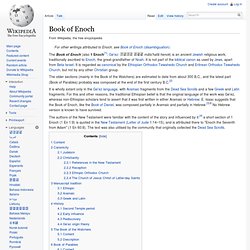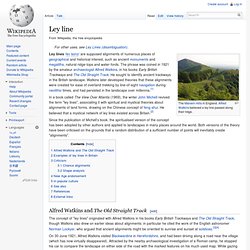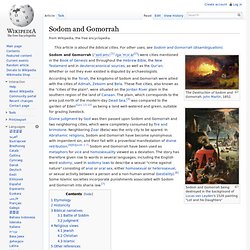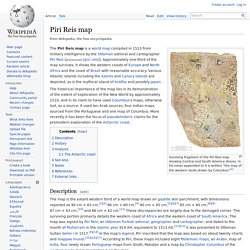

Book of Enoch. The older sections (mainly in the Book of the Watchers) are estimated to date from about 300 B.C., and the latest part (Book of Parables) probably was composed at the end of the first century B.C.[2] It is wholly extant only in the Ge'ez language, with Aramaic fragments from the Dead Sea Scrolls and a few Greek and Latin fragments.

For this and other reasons, the traditional Ethiopian belief is that the original language of the work was Ge'ez, whereas non-Ethiopian scholars tend to assert that it was first written in either Aramaic or Hebrew; E. Isaac suggests that the Book of Enoch, like the Book of Daniel, was composed partially in Aramaic and partially in Hebrew.[3]:6 No Hebrew version is known to have survived. The authors of the New Testament were familiar with the content of the story and influenced by it:[4] a short section of 1 Enoch (1 En 1:9) is quoted in the New Testament (Letter of Jude 1:14–15), and is attributed there to "Enoch the Seventh from Adam" (1 En 60:8). Peter H. Ley line. Ley lines /leɪ laɪnz/ are supposed alignments of numerous places of geographical and historical interest, such as ancient monuments and megaliths, natural ridge-tops and water-fords.

The phrase was coined in 1921 by the amateur archaeologist Alfred Watkins, in his books Early British Trackways and The Old Straight Track. He sought to identify ancient trackways in the British landscape. Watkins later developed theories that these alignments were created for ease of overland trekking by line-of-sight navigation during neolithic times, and had persisted in the landscape over millennia.[1] Sodom and Gomorrah. Sodom and Gomorrah being destroyed in the background of Lucas van Leyden's 1520 painting "Lot and his Daughters" Sodom and Gomorrah (/ˈsɒd.əm/;[1] /ɡə.ˈmɔr.ə/[2]) were cities mentioned in the Book of Genesis and throughout the Hebrew Bible, the New Testament and in deuterocanonical sources, as well as the Qur'an.

Whether or not they ever existed is disputed by archaeologists. Divine judgment by God was then passed upon Sodom and Gomorrah and two neighboring cities, which were completely consumed by fire and brimstone. Neighboring Zoar (Bela) was the only city to be spared. In Abrahamic religions, Sodom and Gomorrah have become synonymous with impenitent sin, and their fall with a proverbial manifestation of divine retribution.[4][5][Jude 1:7] Sodom and Gomorrah have been used as metaphors for vice and homosexuality viewed as a deviation.
Etymology[edit] The name Sodom is derived from Hebrew: סְדוֹם, Modern Sədom Tiberian Səḏôm, and Greek Σόδομα Sódoma. Historicity[edit] Judgment[edit] Piri Reis map. Surviving fragment of the Piri Reis map showing Central and South America shores.

In his notes appended to it is written "the map of the western lands drawn by Columbus"[1] The Piri Reis map is a world map compiled in 1513 from military intelligence by the Ottoman admiral and cartographer Piri Reis (pronounced [piɾi ɾeis]). Nazca Lines. Coordinates : The Nazca Lines / ˈ n æ z k ə / are a series of ancient geoglyphs located in the Nazca Desert in southern Peru . They were designated as a UNESCO World Heritage Site in 1994.
The high, arid plateau stretches more than 80 kilometres (50 mi) between the towns of Nazca and Palpa on the Pampas de Jumana about 400 km south of Lima . Although some local geoglyphs resemble Paracas motifs , scholars believe the Nazca Lines were created by the Nazca culture between 800bc and 800 AD. [ 1 ] The hundreds of individual figures range in complexity from simple lines to stylized hummingbirds , spiders , monkeys , fish , sharks , orcas , and lizards . The lines are shallow designs made in the ground by removing the reddish pebbles and uncovering the whitish/grayish ground beneath. "The geometric ones could indicate the flow of water or be connected to rituals to summon water. History [ edit ] Determining how they were made has been easier than figuring why they were made. Purpose [ edit ]